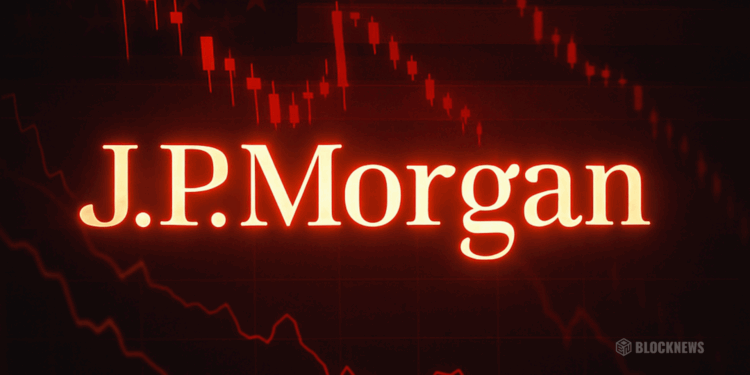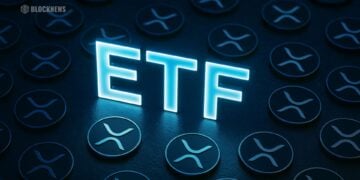- JPMorgan sees a 25bp Fed cut in September as the most likely outcome, not 50bps.
- Recession risk sits at 33–40%, with tariffs and policy shifts adding pressure.
- Markets could see a flatter USD curve and stronger dollar if easing stays shallow.
JPMorgan strategist Fabio Bassi says traders hoping for a big surprise from the Federal Reserve this month shouldn’t hold their breath. In his latest note, Bassi laid out why Jerome Powell’s dovish Jackson Hole comments point to a small trim—just a quarter-point cut—rather than the bigger 50bp slash some investors were betting on.
Why Only 25bps, Not 50bps?
According to Bassi, the latest soft payroll numbers make it almost impossible for the Fed to stay on hold, but inflation is still running hotter than policymakers would like. That’s why he sees 25bps as the “insurance cut,” meant to calm nerves without signaling panic. “The bar for a 50bp cut remains high,” he stressed.
Recession Risks Still in Play
The strategist flagged that JPMorgan’s near-term model puts U.S. recession odds at roughly one-third, a bit lower than their top-down 40% estimate that also factors in Trump-era tariffs and shifting immigration policies. In other words, risks are still very real—but not yet at a level that demands an aggressive Fed response.
Politics, Pressure, and Market Reactions
Bassi also addressed growing chatter about Fed independence after Governor Lisa Cook’s dismissal. He noted this looks more like “political pressure for lower rates” rather than a structural change in how the Fed operates. For now, markets seem relaxed about it, pricing in a modest easing path tied more to growth concerns than politics.
If economic weakness turns out to be temporary, Bassi expects a repricing of expectations: a flatter USD curve, some pullback in risk assets, and a stronger dollar in the short run. In plain English—don’t expect fireworks, but be ready for choppy moves if the Fed sticks with its cautious game plan.














